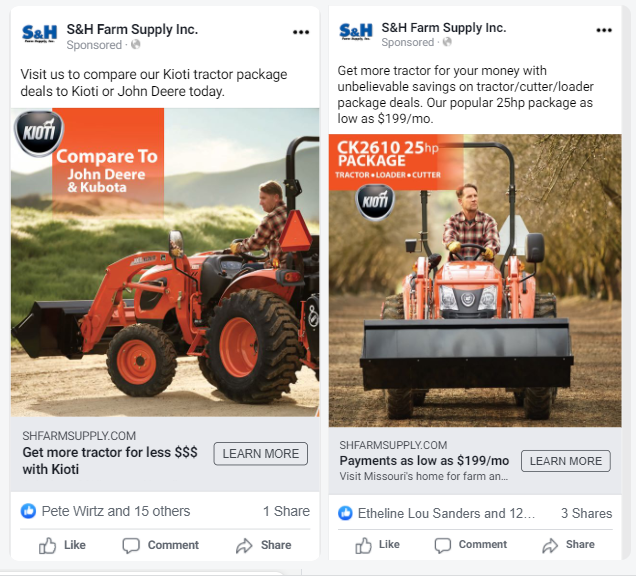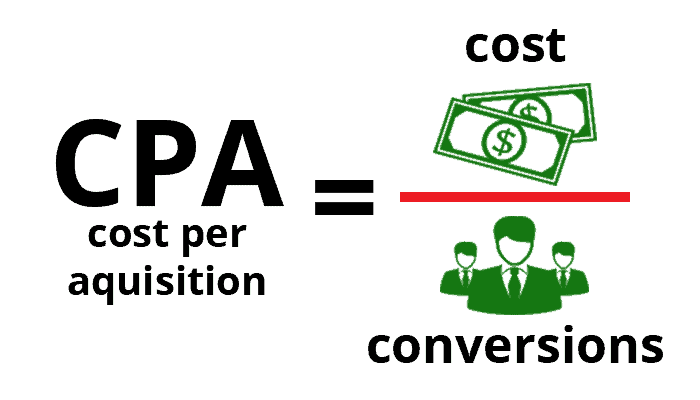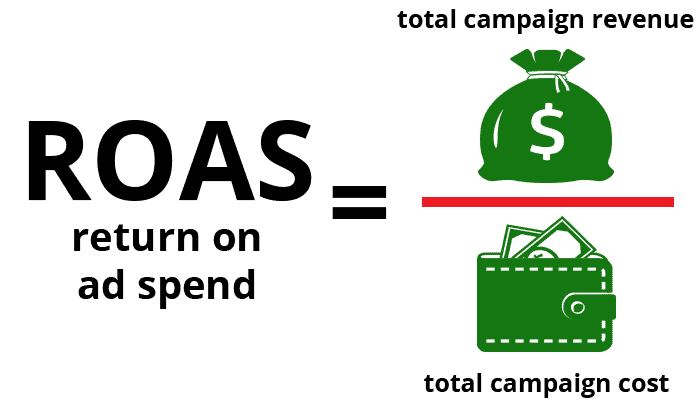Let’s say you’ve already got your Facebook Business page set up. Already posting regularly, you’ve got some likes and shares. You’ve got a good idea of your niche and what kind of person likes your content. Sweet! But, your tech-savvy self knows that Facebook’s algorithms needs some sort of relationship to show your content to people. There’s a ton of people out there who will probably love your content, but you’ll have a pretty tough time reaching them organically. That’s where Facebook Paid Ads come into play.
Let’s start with the basics
What is a Facebook paid ad?
According to Facebook, “With Facebook Ads, you can create targeted ads to reach different audiences and meet your business goals.”
Facebook Paid Ads are a straightforward and cost-efficient strategy to reach a specified demographic. You can create and promote custom ads and content, then send it out to reach an audience of your choosing. Additionally, you can collect data from the ads that will help you increase their efficiency so that the next round reaches even more people.
How to build an effective Facebook Paid Ad
When you’re building your ad, there are a few important factors to consider:
Your audience
When optimizing your ad, you must decide which demographics you want to target. It’s important to know what type of targeting will work for your business. A broad and general category may work for some businesses, but others will need a far more narrow and specific targeting approach. Most businesses will benefit from a narrowly targeted ad. For instance, if you’re selling t-shirts with video game inspired designs, you may want to target men and women between the ages of 16 and 40 who are also interested in video games and entertainment. Facebook can use those interests to extrapolate on your targeting, and help you optimize your audience. If you’ve chosen your audience well, you’ll reach people who will want to engage with your ad and follow your page to know more.
Your compelling message
Your Facebook Ad has limited space, so make sure you’re communicating your message clearly and directly. Are you offering a deal? Hosting an event? Showcasing new products? Make your message relevant to your audience. Make it obviously useful. Would you rather eat a mystery dessert hidden behind a box, or eat a slice of chocolate cake? Innumerable ads go un-clicked because the message is vague, trying to use slogans and wordplay to try to inspire curiosity toward a mystery instead of clearly communicating the offer.
Don’t forget to give it a call to action! Offering a button that says ‘Learn more’ or ‘Shop now’ lets them know that there’s more to your offer than is shown on the ad. It lets them indulge in curiosity, or follow through with the urge to buy your product.
Remember to add an image or video! Ads with visual elements are far more likely to attract attention and engagement than plain text.
Switch it up
Why make one ad when you can make two?
Creating more than one ad gives you multiple sets of analytics so you can determine which ads work and which ones don’t. You can test different text content, different images, different focus areas. Maybe close-up shots of the product will work better than action shots, or vice-versa.
Even if your ads are working well, it’s still important to switch them up every so often so the message doesn’t feel stale.
In this example, S&H Farm Supply Inc. created two different ads, both promoting their Kioti tractors. One ad focused on giving a general impression of high quality for low prices, while the other ad gave specific details about payments.
While both ads got similar engagement rates, the one with specific prices received more shares. When it comes to ads, clicks and shares are far more valuable than likes. It’s not a popularity contest, after all. You want folks taking action.
You’re all set to get started! Facebook Ads are a great way to get your products and services in front of potential customers. Facebook has some great resources to help you get started. Even a low ad budget each month can help you attract new customers and find new business.
Although Facebook advertising is extremely important, creating and running ad campaigns can be a time consuming project. Consider using our local ad agency’s Digital Advertising services. Our team of experienced ad managers is based out of Lexington, KY and can help build a targeted ad campaign with messaging to really pique your audience’s interest. With our reporting, you’ll be able to clearly see the ROI and what you’re getting for you $$.
Like these tips? Read some of our other free resources for local businesses!









